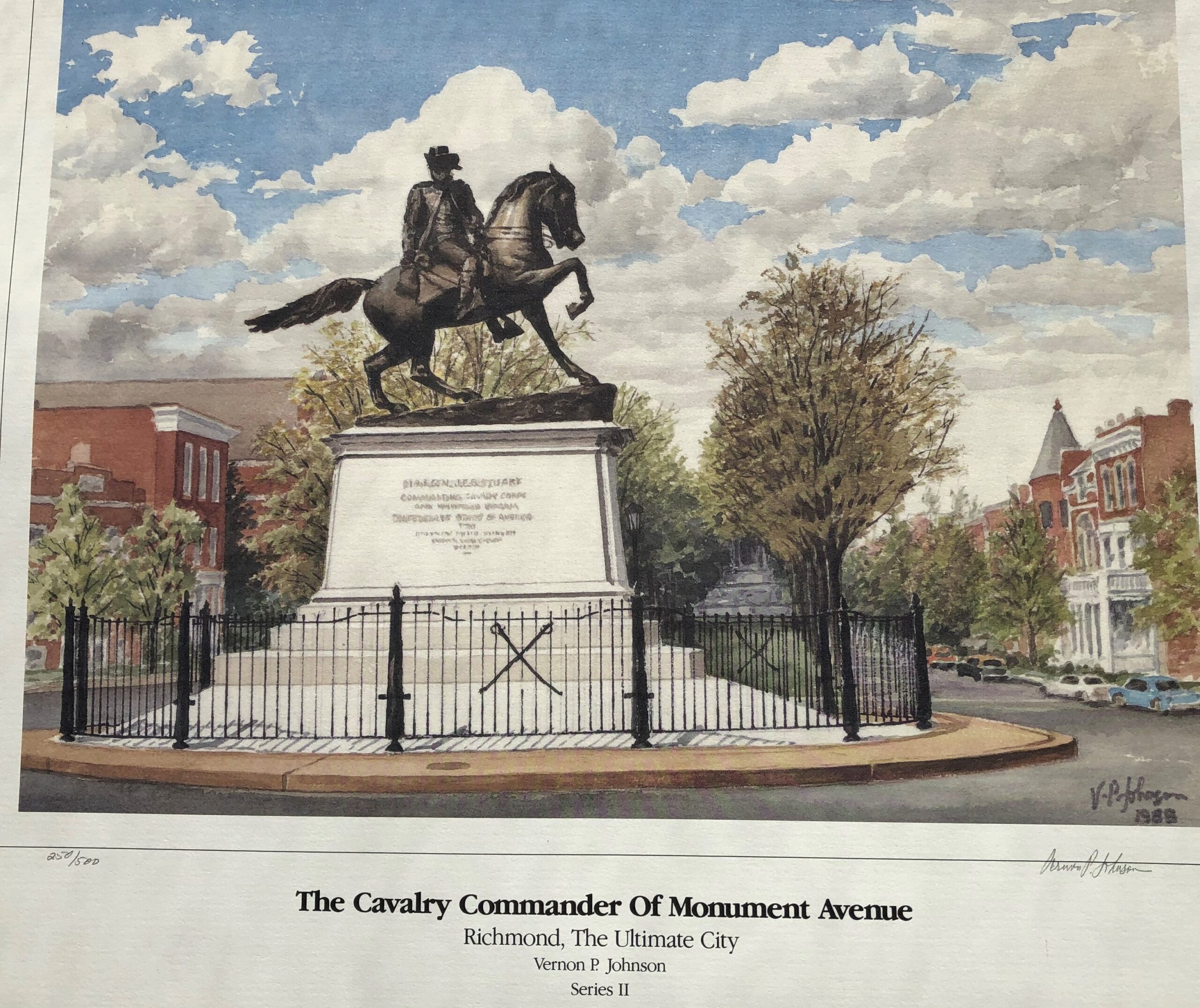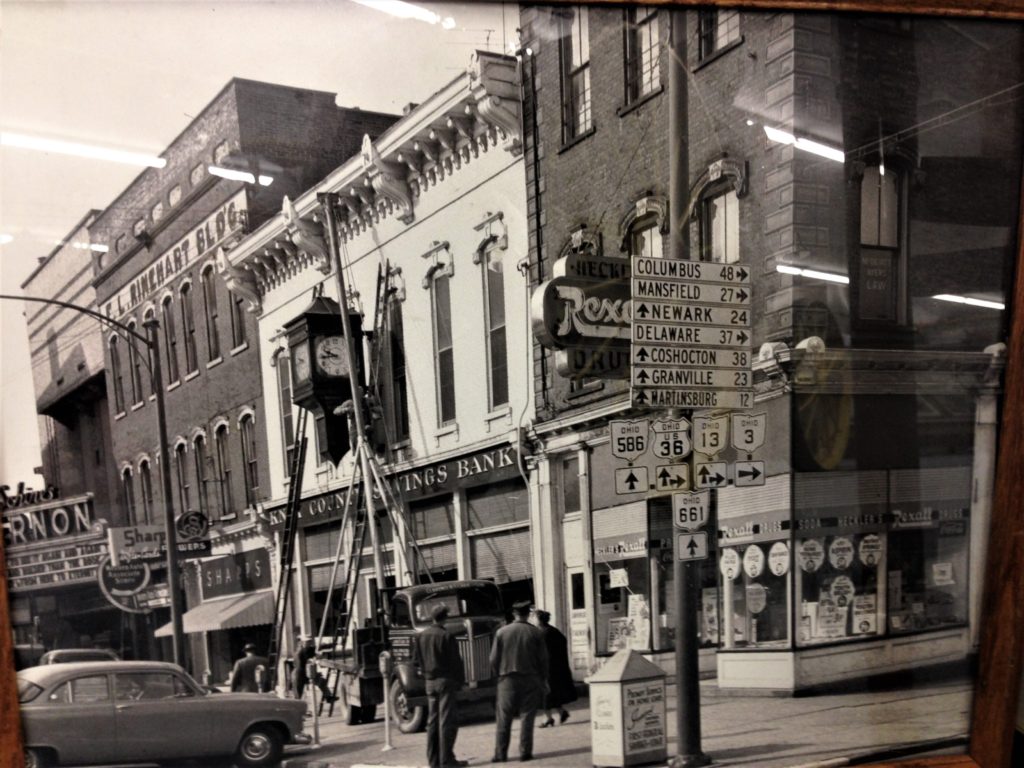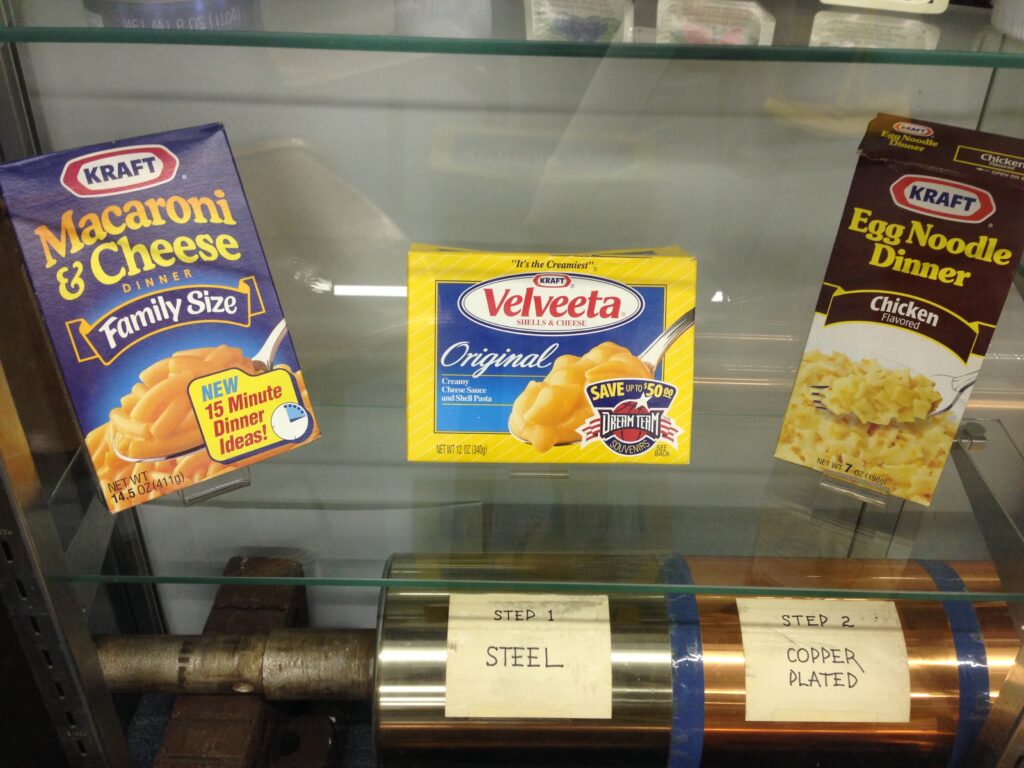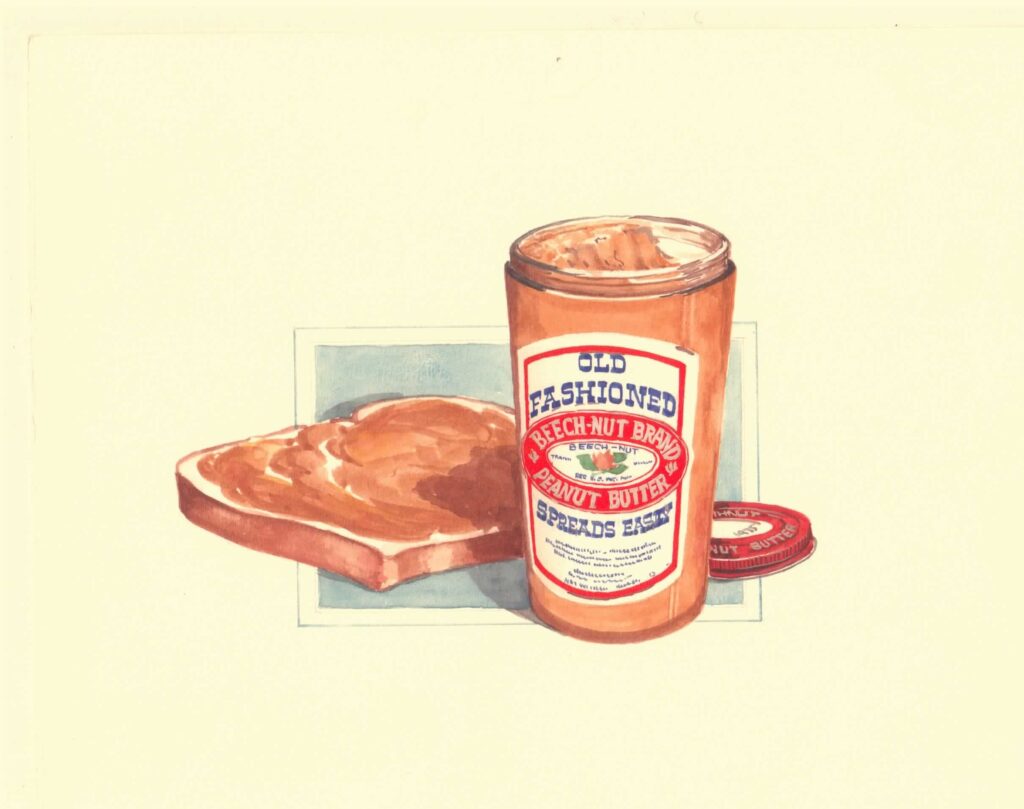In late 2012, I wrote a journal item about Daniel Day-Lewis’ stirring film Lincoln and how, along with other post-election reflections, the story took me once again back to Ohio. Since the film was currently sold out for the foreseeable future in my neighborhood theater, reflecting seemed to be a good strategy while waiting my turn.
With my roots twining through the Union state of Ohio, yet having lived much of my later years in the old Confederacy, Lincoln for me has been an endless source of curiosity and continuity, both historical and modern. He was a luminous figure in my elementary school classes and a powerful storyline in the civil rights upheavals I experienced in the ’60s and ’70s in the South.
What’s more, in my central Ohio hometown of Mount Vernon, where my father painted watercolors of timeless buildings in the 1950s, a stately dwelling was said to be a location along the Underground Railroad tunnel, although this status has been questioned in latter days.
Nonetheless, Lincoln embodied today’s classic Red State-Blue State tensions – a principled Republican whose party later promoted the Reconstruction excesses that drove many who shared his equal rights principles to become Democrats. As these political and social battles continue, Lincoln’s story remains ours. And Ohio clearly has been a perennial seat of the action, and I think Ohio understands that part of its role is to embrace the messiness of this ongoing intellectual, political and economic soul-searching in the context of the times. Heartland America, where else should this most logically be happening, where tradition and the future constantly trip over each other?
For Ohio is a largely Red State that swung to a Blue State victory for Obama for multi-faceted reasons. My father, the artist Vernon Johnson, fit comfortably and without apology within Red State values and painted its pillars as an extension of himself – the small towns, Main Streets, grocery stores, manicured homes and Rotary Clubs. These unvarnished and familiar scenes of daily life are templates that could overlay the small towns all around me in northern California, even though lattes have replaced milk bottles. Yet Vernon Johnson’s children at their core chose Blue. All that is possible in a state like Ohio, where being authentic means standing tall for what you believe, and we take that charge with us, wherever we live.
Which brings me again to Lincoln and how what he confronted and the tensions within him remain both relevant and instructive today, more than 150 years after the Civil War.
Though many of us have left, the seeds of Ohio are everywhere. It takes only a little digging to uncover them. Recently I was meeting with a new client in San Francisco and we started talking about our backgrounds. It turns out that not long ago she not only lived for a few years on the street where I was born in Mount Vernon, Ohio, but her house was one I knew well as a child. It was just three blocks away and I walked there often to water my mother’s friend’s African violets. It was either one of my first paying or volunteer jobs. Thank you, small town Ohio, for preserving these connections, often surprising, and reminding us of “what’s real.”
Meanwhile, a sketch of the Virginia State Capitol illustrates another connection between the recent Lincoln film and the artistic eye of Vernon Johnson.
While several current Richmond, VA landmarks have served as historic Civil War era locations for the cinematographers, the State Capitol building “stood in” for both the U.S. Capitol and the White Houses in Steven Spielberg’s new award-winning film, Lincoln. In fact, much of the movie was filmed in Richmond, and Virginia has shaped several new educational tours and programs for 2013 around this happy coincidence in a city that is truly an iconic and graciously preserved American history lesson.
Vernon Johnson also captured the imposing mood of the State Capitol building for the cover of “The 1984 Edition of the Richmond Area Weather Almanac.” He also painted several monuments, honoring Civil War military leaders, that gave rise to elegant Monument Avenue. From the series, “Richmond: The Ultimate City” commissioned by a local bank in 1988, several large, ready to frame prints of “The Calvary Commander of Monument Avenue” (Gen. J.E.B. Stuart), signed and numbered by the artist, are still available. Contact me for more information.




